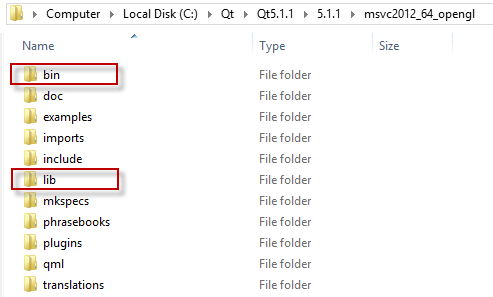
- Import 8.h file into avr studio 5.1 how to#
- Import 8.h file into avr studio 5.1 code#
- Import 8.h file into avr studio 5.1 windows 7#
- Import 8.h file into avr studio 5.1 download#
I extracted this to a folder in my c:\Qt directory called libvlc-qt.
Import 8.h file into avr studio 5.1 download#
Step 2: Download the vlc-qt library – I downloaded the “Official VLC-Qt Windows SDK and Source Packages”, which involved clicking the big green box. For more information on Qt – see this link. I’m not sure how useful the first link is under Linux as it is set up for Visual Studio, but the second link uses Qt which means it should be fine under all platforms.įor this reason and because I really, really like Qt as an extension to C++, giving multi-platform user-interfaces, threads, sockets, etc.
Import 8.h file into avr studio 5.1 code#
The reason I selected both of these is that I was able to download the source code for both and was able to recompile them from source under Windows.

Import 8.h file into avr studio 5.1 how to#
There are several examples on how to use LibVLC within C++ and there are also several wrappers that are available for C++ to help make this process easier. The downside is often that solutions are not well packaged and often need customisation to work with recent libraries. The great thing about open source is that someone has probably tried to do what you are looking to do before and has written some code. You can go back a few levels on that URL to check if there are more recent versions and to find the version for your platform.
Import 8.h file into avr studio 5.1 windows 7#
My platform for this post is 64-bit Windows 7 and I am using the tarball for Windows 圆4 (the latest version at the time of writing is version 2.0.7): I downloaded and extracted the Windows 圆4 tarball to a directory C:\Qt\vlc-2.0.7 in my case. To make life easy I would recommend using the pre-built versions. Step 1: Download the version of LibVLC for your platform. You can even download the source code for VLC itself from: And we can! The description of the functionality available in LibVLC is available here. It would be great if we can take advantage of this library as it includes all of code necessary to decode video streams, deal with network sockets etc. LibVLC is an incredibly comprehensive and accessible code library for all of the features that are present in the cross-platform VLC multimedia player. You could try and do this from first principles, but that is much too big a task instead, you are better building on what is currently available.

So this post covers the area of building your own application to view the video streams. For example, If you wished to build a robot navigation system that streams video to the control panel then it would not be possible to modify the VLC user interface very easily. The problem with these solutions is that they are using VLC to display the video and you are effectively without any type of control of the application. I would advise that you read those posts first as I am building on them in this post.


 0 kommentar(er)
0 kommentar(er)
